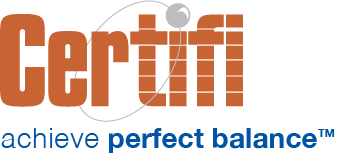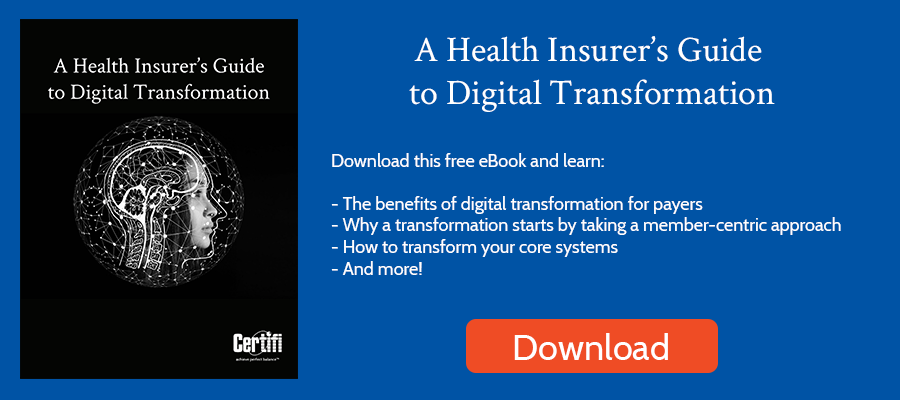The health insurance industry is transforming a more consumer-centric approach. Value-based care approaches — where insurers pay providers in ways that encourage quality of care — are growing. Plus, consolidation and collaboration between previously siloed healthcare like primary care and pharmacy operations — like CVS/Aetna – is slowly changing how consumers access healthcare.
Another approach gaining significant traction addresses the social determinants of health. Instead of treating diseases, insurers are looking at the environmental factors that play a role in an individual’s health. Those factors include economic stability, access to education, and access to quality healthcare. If insurers can invest in improving the social determinants of health to prevent common diseases, they can create healthier members and spend less on treating illnesses.
Enter Humana’s Bold Goal. Started in 2015, Humana designed the Bold Goal program to focus on community and business integration to improve members’ clinical and social health outcomes. Here’s a look at Humana’s Bold Goal program:
What Is Humana’s Bold Goal Program?
When it launched in 2015, Humana’s Bold Goal was to make the communities they served 20% healthier by 2020. The insurer measured that goal in terms of a metric called healthy days, which is also used by the Centers for Disease Control and Prevention.
How Does Humana Measure Healthy Days?
The Healthy Days tool is a four-question assessment created by the CDC. In the survey, individuals self-report how many physically and mentally unhealthy days they experienced over a 30-day period. The four questions are:
- Would you say that in general, your health is excellent, very good, good, fair, or poor?
- Now thinking about your physical health, which includes physical illness and injury, how many days during the past 30 days was your physical health not good?
- Now thinking about your mental health, which includes stress, depression, and problems with emotions, how many days during the past 30 days was your mental health not good?
- During the past 30 days, approximately how many days did poor physical or mental health keep you from doing your usual activities, such as self-care, work, or recreation?
Unhealthy days are calculated by combining the responses from questions 2 and 3 above, with a maximum value of 30. For example, if an individual indicates 3 days where their physical health wasn’t good and 10 where their mental health wasn’t good, the total number of unhealthy days would be 13. However, if those numbers were 20 and 20, the total number of unhealthy days would be 30.
What Communities are Part of the Humana’s Bold Goal Program?
Initially, Humana targeted seven original Bold Goal communities. Those communities:
- San Antonio
- Baton Rouge
- New Orleans
- Tampa Bay
- Knoxville
- Louisville
- Broward County
The idea behind Humana’s Bold Goals program was to create solutions personalized to the needs of each community. For example, in San Antonio, Humana focused on diabetes, behavioral health, food insecurity and loneliness, and social isolation. In Louisville, the focus was behavioral health, diabetes, and respiratory health.
Humana added more communities after their original 7, including Charlotte, Chicago, Cincinnati, Detroit, Houston, Jacksonville, Kansas City, Knoxville, Richmond, and Tampa Bay.
Once the focus of each community was determined, Humana established several working committees to bring together diverse local resources — businesses, government entities, schools, churches, non-profits, and more — to work together toward a common goal. For example, Louisville has a Health Advisory Board designed to collectively enable positive change.
Do You Have Examples of Humana’s Activities as Part of the Program?
In Atlanta, where food insecurity and loneliness are focus items, Humana has partnered with and provided financial support to Food as Medicine, a non-profit that teaches healthy eating and prescribes healthy foods.
In San Antonio, Humana has worked with the local food bank to improve the quality of the food available, including more fruits, vegetables, lean meats, and dairy.
To improve access to healthy food, Humana has supported local food markets in Oak Park and Oakland County. Additionally, they’ve worked with the regional transit service to provide transportation to the farmer’s market for qualified individuals.
Did Humana Meet Its Goal?
Humana didn’t meet its original goal — a 20% healthier population by 2020 based on the healthy days’ measurement. Here’s a look at the impact in the original 7 communities:
- San Antonio saw a nearly 7% decrease in unhealthy days in 2020 compared to 2015, the baseline year
- Baton Rouge decreased unhealthy days by 5%
- New Orleans saw a decrease of 5.5% unhealthy days
- Tampa Bay experienced a .2% decrease in unhealthy days
- Knoxville experienced an almost 6% decrease in unhealthy days
- Louisville saw a 5.5% increase in unhealthy days
- Broward County saw a 1.9% increase in unhealthy days.
In most of the original communities, Humana’s Bold Goal program seemed to have a positive community impact. Another way Humana compared the results was by examining the overall Medicare Advantage community vs. the Bold Goal Medicare Advantage communities. In 2020, the pandemic likely played a role in the results, specifically mental health days. Here are the most recent results:
- In the overall Medicare Advantage population, physically unhealthy days trended down 2.4% compared to 2015’s baseline number. For Bold Goal communities, that number was 5.1%, so a significant improvement.
- From a mental health perspective, both groups saw an increase in mentally unhealthy days, with general Medicare Advantage members up 5.4% while Bold Goal community members were up just 2.2%.
- Overall, that translates to Bold Goal community members experiencing 2.2% fewer unhealthy days, compared to Medicare Advantage members, who actually experienced a slight 0.6% increase in unhealthy days.
The Verdict
Overall, it’s clear that Humana’s investment in local, community-based partnerships and focus on improving specific outcomes in those communities is having a positive impact. Humana likely agrees, which would explain their expansion of the program from 7 original communities to 16 current communities. As for the financial impact, Humana has estimated that the cost of unhealthy days is approximately $15.64 per member per month in increased medical costs. So even a 2% decrease can have a significant financial impact.
You can learn more about Humana’s Bold Goal program at https://populationhealth.humana.com/.
Certifi’s health insurance premium billing and payment solutions help healthcare payers improve member satisfaction while reducing administrative costs.



